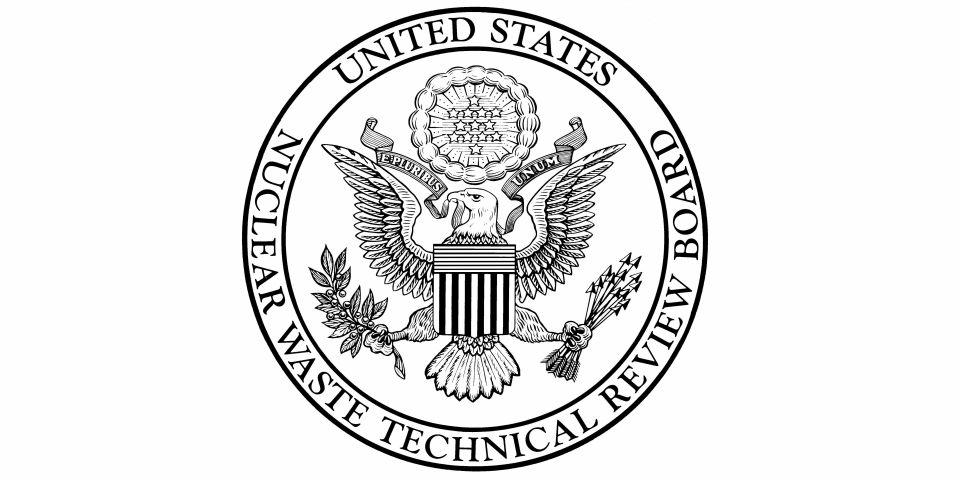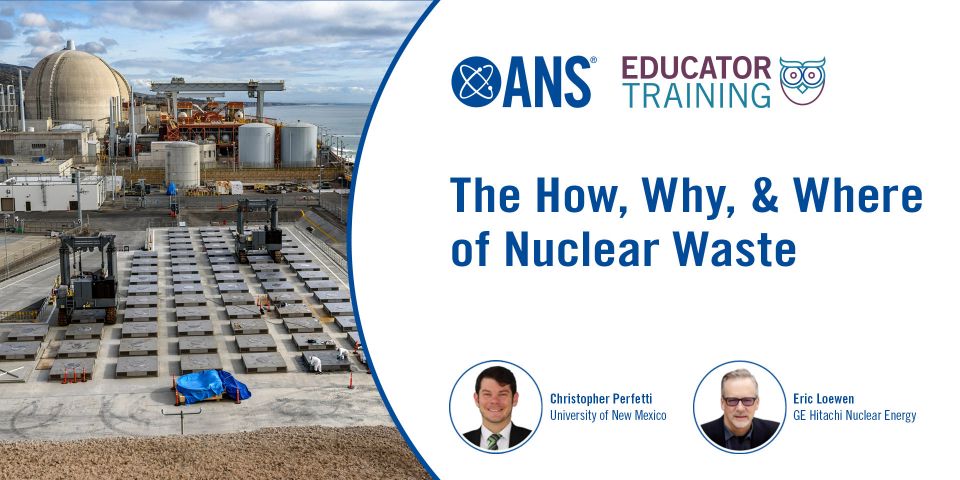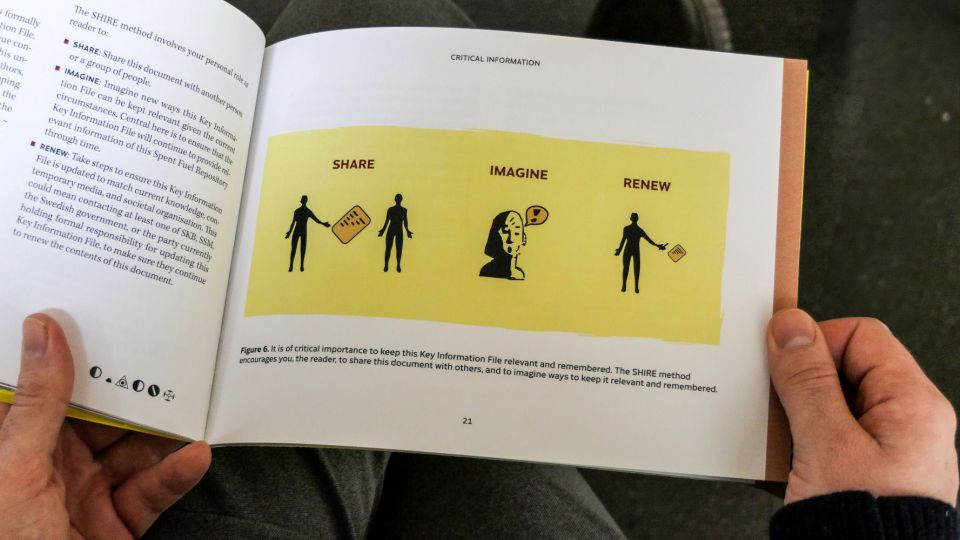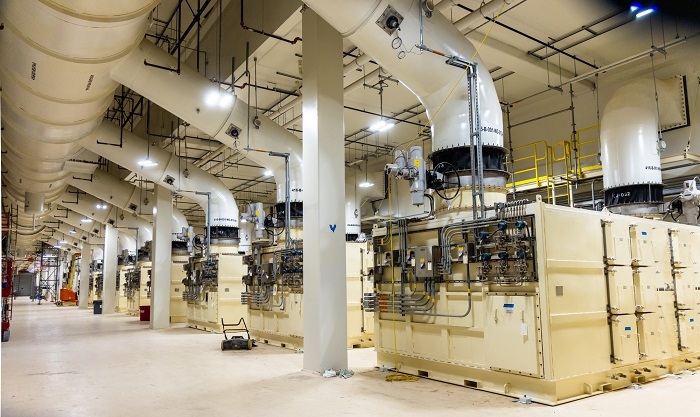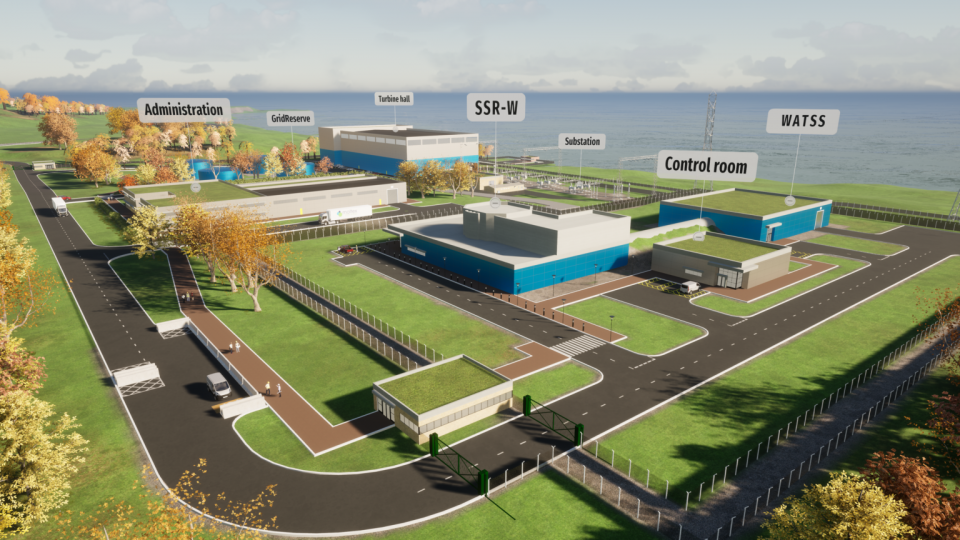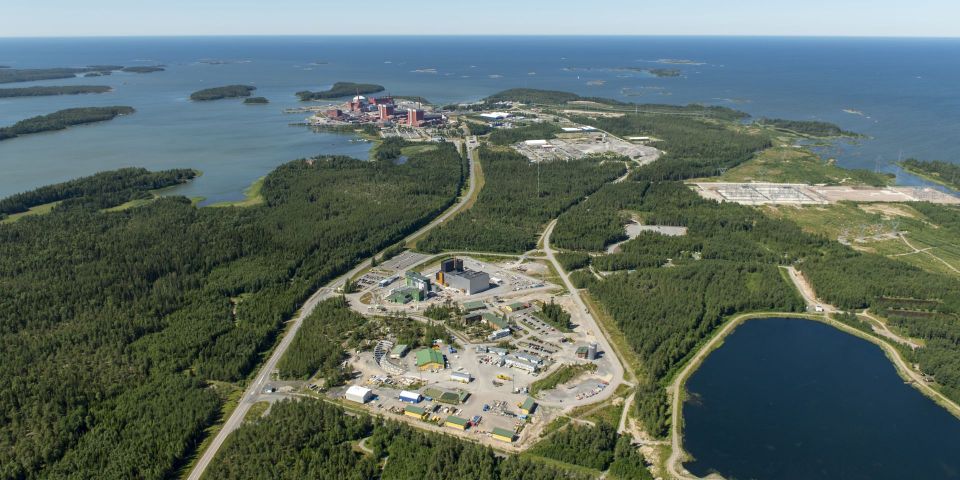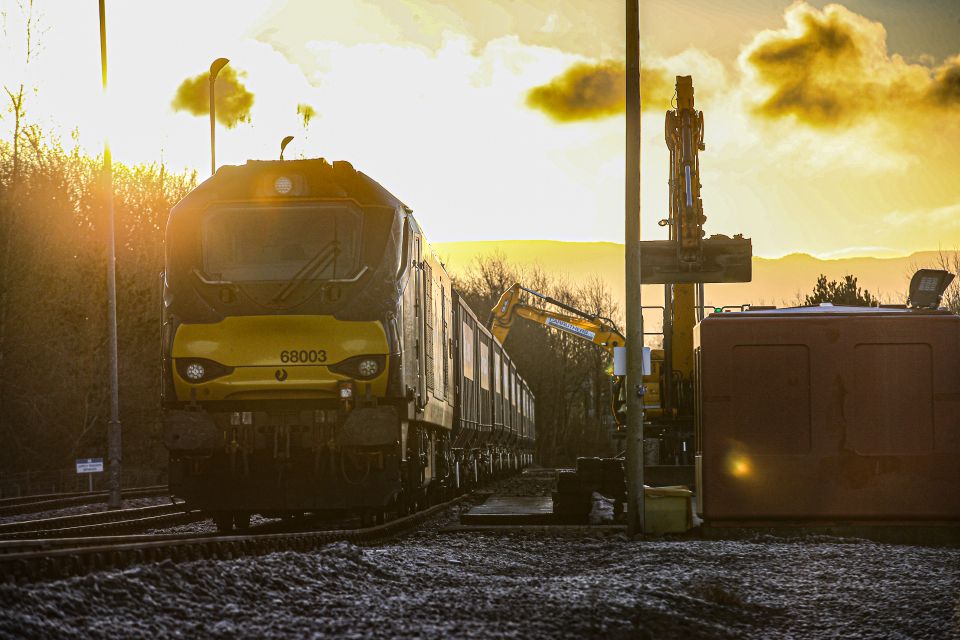According to Posiva, the repository’s equipment and systems will be tested together for the first time in accordance with planned processes during the trial run, which began on August 30. The exercise is intended to verify disposal safety prior to the start of actual operations.
During the trial run, four canisters will be placed in 8-meter-deep (26.25 feet) deposition holes excavated along a 70-meter-long (229.7 feet) disposal tunnel within the repository. The deposition holes and disposal tunnel will then be filled with bentonite clay and the tunnel sealed with a concrete plug. The trial run also covers the retrieval of a damaged cannister back to the ground level.
Licensing status: Posiva submitted its operating license application for Onkalo to the Finish government in December 2021, making Finland the first country in the world to submit an operational license for a geological repository for spent nuclear fuel.
Finland’s regulatory authority, the Radiation and Nuclear Safety Authority (STUK) was expected to issue a favorable opinion on Posiva’s safety case for the Onkalo repository before the end of 2023, followed by final license approval by the country’s Ministry of Economic Affairs and Employment. In January, however, STUK asked the ministry to extend its deadline for issuing an opinion until the end of 2024, noting that its review of Posiva’s safety case was proceeding slower than anticipated.
While an exact date for radiological operations has not been set, Posiva maintains that the permanent disposal of Finland’s spent nuclear fuel is scheduled to begin in the mid-2020s.
Quotables: “Posiva has come a long way to reach this point,” said Karri Osara, Posiva’s production director. “The trial run of final disposal is not only an excellent opportunity for learning and development, but also an extremely demanding showcase of the capabilities of our organization.”
Ilkka Poikolainen, Posiva’s president and chief executive officer, added that the launch of the trial run is a historic milestone for both the company and the world. “Posiva’s operation now takes a significant step toward the start of the actual final disposal operation,” he said.
The repository: The Onkalo repository comprises a spiral-shaped access tunnel, four vertical shafts (personnel and canister shafts and two ventilation shafts), central tunnels, final disposal and research tunnels, multiple technical rooms, and welfare facilities, as well as underground canister storage. While it reaches to a depth of about 450 meters (1,476 feet), the actual final disposal repository is located at a depth of 400–430 meters (1,312–1,411 feet).
Spent fuel from Finland’s nuclear power plants will be packaged and sealed in cast iron cannister inserts enclosed in an outer cannister made of copper at the repository’s aboveground encapsulation plant before being moved underground for final disposal. Each of the repository’s disposal tunnels has 30-40 deposition holes where the canisters are placed. When all the holes contain a canister and the canisters have been isolated with bentonite clay buffers, the whole tunnel is backfilled with clay and sealed.
Onkalo is designed to accommodate 6,500 tons of spent fuel, which translates into about 3,250 final disposal canisters.



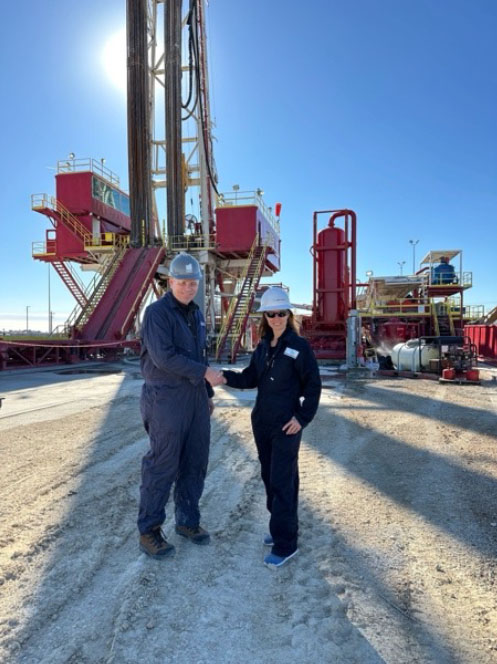.jpg)

